 资源简介
资源简介
(共31张PPT)
基于主题意义探究的
高中单元整体教学设计
Book3 unit 5 What an adventure !
6
5
4
内容整合
语篇逻辑关系
认知规律
活动设计
听说读写看结合
由易及难 相互关联
评价设计
单元学习过程性评价
单元学习结束评价
3
2
1
单元整体内容分析
确定主线
明确重难点
学情分析
话题认知情况
语言知识基础
目标确定
单元整体目标
小单元目标
单元整体分析思路
01
单元整体内容分析
02
学情分析
目录页
PAGE OF CONTENT
03
目标确定
04
内容整合
05
活动设计
06
评价设计
05
单元整体内容分析
单元标题 What an adventure!
单元主题语境 主题语境是“人与自然”,同时包含“人与自我”的语境内容,内容是人类的探险活动及其意义。
单元语法 过去分词做定语
单元内容 语篇类型+内容 语篇主题
Starting out 三段小说明文:介绍三位欧洲航海探险家。 视频(生平介绍):介绍徐霞客的生平和贡献。 四位中外探险家的成就。
Understanding ideas 专栏文章:Climbing Qomolangma:worth the risk 列举几位探险家和心理学家说的话,分析探险家的探险“天性”和探险的价值。 探险的原因和意义所在。
Using Language Grammar:记叙文-----船长的回忆录,在真实语境下加深学生对过去将来时的理解 Vocabulary:四篇关于急救的短小说明文 Listening:访谈:在在318过道上骑行的骑手的采访+一篇博客 探险的遭遇及应对办法—急救知识。
描述自己的骑行经历和感受。
Developing ideas 科幻故事:Twenty Thousand leagues under the sea节选自科幻小说《海底两万里》 Writing:关于深海潜水的海报 海底漫步时,海底景色、人物活动及感受。
想象自己的深海潜水之旅。
Presenting ideas &Revision 讲述读过或听过的探险故事。
01
01
01
01
02
话题认知情况
学生对探险这一话题并不陌生,他们看过一些关于探险的电影或书籍。但是他们对探险的认识还停留在表层,没有深入思考探险活动的价值和意义。
01
语言知识基础
学生用英语描述探险故事有一定困难,他们对于这一话题的英语词块积累不多
02
学习兴趣情况
学生对探险话题非常感兴趣,尤其是男生愿意了解更多的关于探险的知识,乐于学习相关表达来描述探险经历。
03
学情分析
单元目标
03
通过本单元的整体学习,学生能够:
1.了解中外探险家经历及贡献。在情境中提供恰当的急救建议。理解探险的原因及意义。初步学会欣赏科幻小说。
2.通过文章题目理解作者意图。绘制思维导图理解文章结构。学会在听的过程中做简单记录。
4. 通过拓展阅读,理解人类对未知世界探索的渴望和探险精神推动人类发展的意义。分享探险经历并清楚表达自己观点或感受。
3.积累描写探险经历的词块并能够完成描写深海潜水经历,恰当使用过去将来时。
单元教学目标
03
探究自然、 挑战自我、
人与自然和谐共生
了解探险
中外探险家的故事及贡献
思考原因与意义
318国道骑行的经历.
内容整合关联图
04
船长回忆录中探险的经历
理解并享受与自然和谐共生
探险中出现意外的急救知识
攀登珠峰的探险家的想法和心理学家的分析。
海底漫步,享受海底美景
想象并写出自己潜水经历,
Please replace text, click add relevant headline, modify the text content, also can copy your content to this directly.
讲述探险故事及感受或评价
单元主线 教学内容及课时 课时目标 持续性评价内容
了解探险 Starting out + Grammar+ vocabulary 2课时 1.了解四位中外探险家的经历和成就,并能口头表述。 2.发现并总结过去将来时使用规律,并根据语境恰当使用。 3.熟悉并能恰当使用与急救有关的英语表达。 1.学生能否完成图文匹配并根据文字和视频说出4位探险家的经历和贡献。
2.学生能否结合语境正确使用过去将来时。
3.学生能否在情景中提供合适的急救建议。
思考探险的 原因及意义 Understanding ideas 2课时 1.理解文章主要内容篇章结构及探险目的意义。 2. 分析文章结构,学会不同观点表达,积累相关词块。 3.形成自己观点并能发表评论。 1.学生能否通过标题和速读文章,理解作者写作意图并绘制思维导图梳理文章结构。
2.学生能否运用所学概括课文内容并表达自己观点。
理解并享受 与自然和谐 共生 Listening 0.5课时 Developing ideas 1课时 Writing 1 课时 1. 学会在听的过程中记录信息,尝试描述他人否认骑行之旅,开始积累表达素材。 2.初步了解科幻小说的语言风格和谋篇方式,理解课文内容。继续积累表达素材:景色描写、人物活动及感受。 3. 描写海底潜水经历。 1.学生能否在听的过程中用符号记录细节。
2.学生能否通过速读找到段落关键句,理解作者
写作意图。
3.学生能否依靠关键词复述海底景色、人物动作
和人物心情。
4.学生能否凭借所学描写潜水经历。
人类对未知世界探索中挑战自我及献身精神,推动着人类的发展 Reading(拓展) Presenting 1课时 1.阅读探险极地和探索太空的两篇文章。 2.写出并分享探险故事,并发表自己对探险精神的意义及价值的理解。 学生能否凭借本单元所学词块、文章结构以及自己对探险意义和价值的理解,写出探险故事,并在班上分享。
03
课时目标+持续性评价内容
03
06
02
教学设计
活动设计
05
List some famous explorers you know.
Ferdinand Magellan
Vasco da Gama
Xu Xiake
Christopher Columbus
1
2
3
4
Starting out ( 课时一 )
Pacific Ocean
Activity I: Look at the map, and read the information about the three explorers. Match the routes to the explorers.
1. Ferdinand Magellan(1480-1521) was a Portuguese explorer who sailed west from Spain across the Atlantic and Pacific oceans in search of a westward route to the Spice Islands(now part of Indonesia).
2. Vasco da Gama(1460-1524)was a Portuguese explorer and the first European to reach India by sea. His initial journey to India opened up the sea route from Western Europe to the east by way of the Cape of Good Hope.
3. Christopher Columbus(1451-1506)was an Italian explorer who completed journeys between Spain and the Americas, thus marking the beginning of European exploration of the Americas.
Starting out
Atlantic Ocean
Pacific Ocean
Indian Ocean
Asia
Europe
Africa
Oceania
North America
the Cape of Good Hope
South America
a
Columbus
Da Gama
c
Magellan
b
Pacific Ocean
Look and Match
Where did Xu Xiake travel
Why did he keep travelling
What kind of difficulties did Xu Xiake meet
What were Xu Xiake’s achivements
Activity II: Watch the video and answer the following questions.
Starting out
Infer the characteristics of Xu Xiake according to the script.
Adventurous
Persistent
Courageous
Curious
Rigorous
Starting out
归纳概括探险家人物品质,积累写作词块。
Using language-Grammar
在具体语境中进一步理解过去将来时的意义。
通过语境对比发现一般将来时和过去将来时的区别,总结过去将来时的规律。时间轴使抽象具体化。
在具体语境中体会-归纳-训练过去将来时,在语言输出做准备。
输入文字,点击添加相关标题文字,修改文字内容,也可以直接复制你的内容到此。输入文字,点击添加相关标题文字,修改文字内容,也可以直接复制你的内容到此。
输入文字,点击添加相关标题文字,修改文字内容,也可以直接复制你的内容到此。输入文字,点击添加相关标题文字,修改文字内容,也可以直接复制你的内容到此。
Using language-Grammar
Divide the students into groups ,ask them to make dialogues according to the picture ,and then perform it before the class.
S1:Did you hunt for food
S2:I was going to hunt for food, but my knee/ elbrow was wounded.
S3:Did you collect any water
S4:I was going to collect some water, but I found there was a hole in the side of the bucket.
S5:Did you put up the tent
S6:I was going to put up the tent, but I found I hadn't got a
hammer and nails.
S7:Did you build a fire
S8:I was going to build a fire, but suddenly it started to rain.
在真实语境中训练使用过去将来时。同时启发学生探险可能的遭遇以及需要应对的措施,导入Vocabulary.
captain
sailor
First Aid
First
Aid
kit
Using language-Vocabulary
理解
拓展运用
实践
Broken arm:
place...cover ...make a sling
Heatstroke:
take...give... take the temperature
Cut:
put...clean...cover...
Insect bite:
wash...try to...
give... go...
在真实语境中学以致用,为探险做好准备!
Understanding Ideas: Climbing Qomolangma worth the risks
Exercise 4: Finish Acvitity 4 according to the mind map, then read the text for the third time to check the answers.
Mind map: Read again to draw a mind map of the structure of the text ,then share , compare and better one’s own map
Exercise 2 &3: Finish Activity 2and 3 to understand the text roughly.
Reading: Read the text to see if the prediction is right.
Title: Predict the content according to the title.
Before reading : Activate students’ ideas about... Qomolangma through the picture.
学习通过标题预测文章内容,通过绘制思维导图清晰文章结构。
单击添加标题
1. Is Climbing Qomolangma worth the risks, in your opinion And why
1
2. If you were given a chance, would you like to climb Qomolangma Why or Why not
2
Understanding Ideas: Climbing Qomolangma worth the risks
After reading
鼓励学生深入思考探险家不顾生命危险,攀登珠峰的原因及意义,形成自己观点,并大胆分享。
Think about the questions according to what we learn in the text and Share your ideas with the class.
02 Listening
03 Retelling
04 Making a new dialogue
Using language-Listening
拓展运用
实践
理解
01 Lead in
训练听力技能的同时,享受探险过程中的山地公路之美
Ask students about what they know about the Heavenly Road to introduce the topic and read “Did you know”.
Listen twice to finish Activity 7 & 8. While listening, learn to take notes with simple symbols.
According to the blog, ask students to retell the riding experience along Highway 318.
Find out what parts are included in the riding experience, and then make a new dialogue about an adventure.
01
Developing ideas:-Twenty thousand leagues under the sea
Before reading
Ask the students what they know about Jules Verne. If yes, introduce the writer. If not , ask them if they have read Around the World in Eighty Days or Twenty Thousand Leagues Under the Sea. Ask them to introduce the books.
Learn some information about the writer Jules Verne to stimulate students' interest in reading the passage.
海
底
两
Developing ideas- Twenty thousand leagues under the sea
While reading
万
里
01 Read for understanding
Ask students to read for
topic sentences and the
writers intention (Activity 2).
Ask students to read
again for specific
information(Activity 3)
02 Read for appreciation
Read this science
fiction to enjoy its
speech style and
structure.
Read to imagine the
beauty of the
underwater world.
Tips: learn to infer the meaning of unfamiliar words to use the context
Tips: learn to appreciate the beauty of language.
03 Read for writing
Pay attention to the content--actions,feelings and views and expressions to accumulate the writing material.
Tips: Accumulate detailed expressions from fiction.
01
What does the author mean by “Words are not enough to relate such wonders
02
What do you think will happen next in the story. Write down your ideas and share it with the class.(续写)
03
Why do you think people want to explore this underwater world
Developing ideas-Twenty thousand leagues under the sea
After reading
理解课文初步了解科幻小说的同时,享受海底美景,进一步理解探险的意义所在。
Developing ideas-Writing
Read for understanding
Read for the first time for the main idea.
Read again to find the answer to the three questions.
Read for writing
Read for expressions for wreck diving or scenic diving.
Brainstorm for the vocabulary about deep sea diving
Writing
Write a diving diary about 80 words within 20 minutes.
Sharing
Share the works with the class.
结合课文积累和海报内容,想象深海潜水之经历。
Further reading
拓展阅读一: 人教版必修三Unit4
拓展阅读二:北师大版 必修二unit 5
Presenting ideas
Think of an adventure story you have read or heard and make notes
Main Characters
Time
Place
What happened
What do you think about the story
Useful expression:
The hero/ heroin of my story is...
This is how it all begin
He/ She was to ....when suddenly...
To make a long story short,...
It was a(n) exciting/scary/memorable/impressive experience!
It made me feel...
Present your adventure story to the class and express your ideas about adventure
将本单元所学通过展示活动输出,在相互交流过程中,表达自己想法并思考他人意见,最终形成个人观点。
reflection
Self evaluate the performance and mark it.
Rate your performance 1(excellent), 2(good) or 3(in need of improvement).
Evaluation list 1 2 3
describe items in first aid kit and their uses
talk about adventure experiences
write about a diving experience
evaluate the benefits and risks of adventurous activities
cultivate a spirit of exploration
06
06
Thanks for listening!
展开更多......
收起↑
 资源预览
资源预览

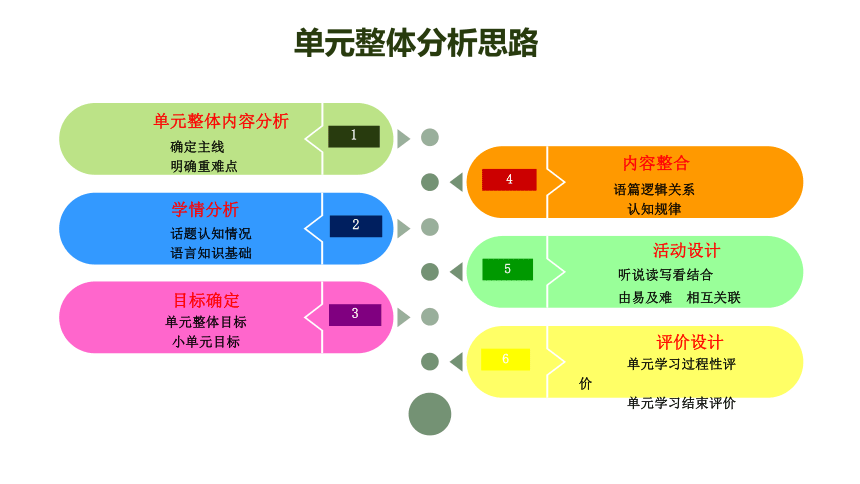
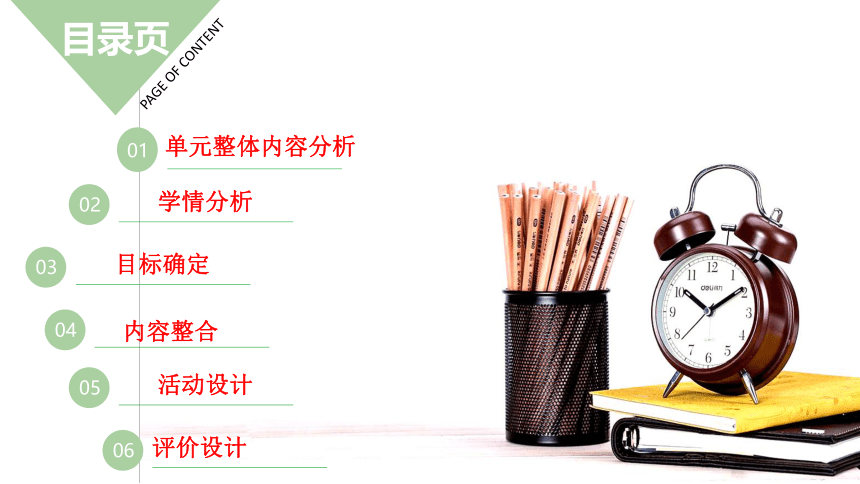
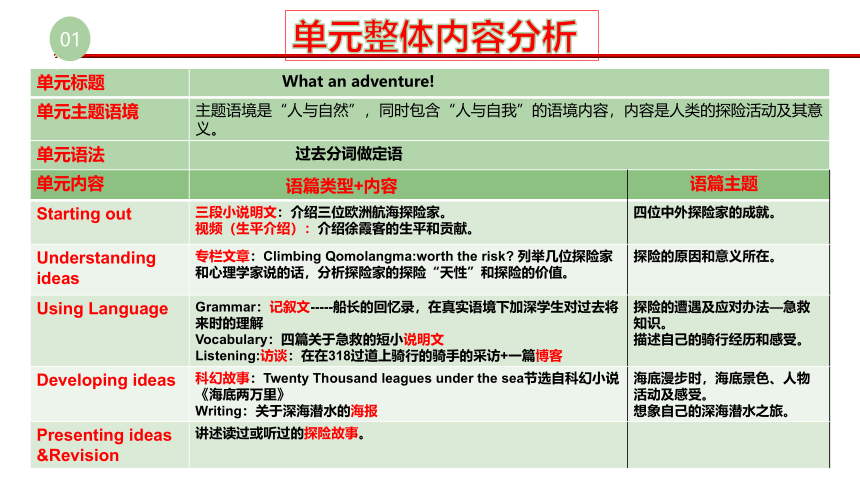
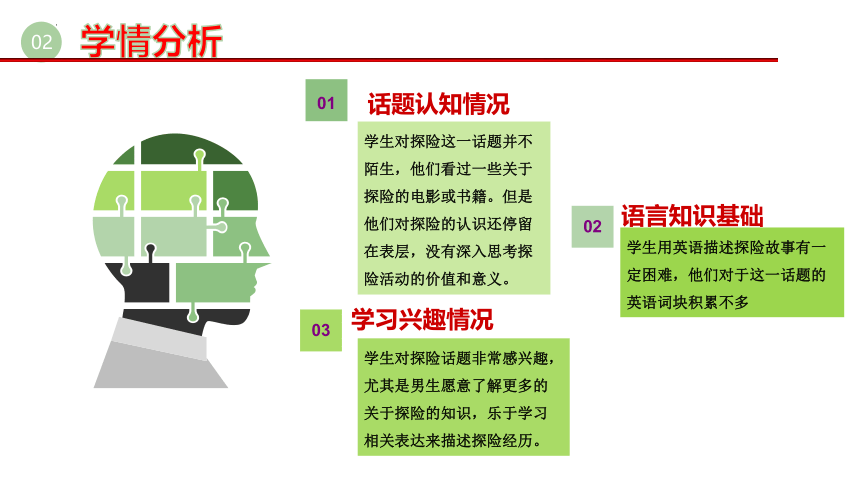
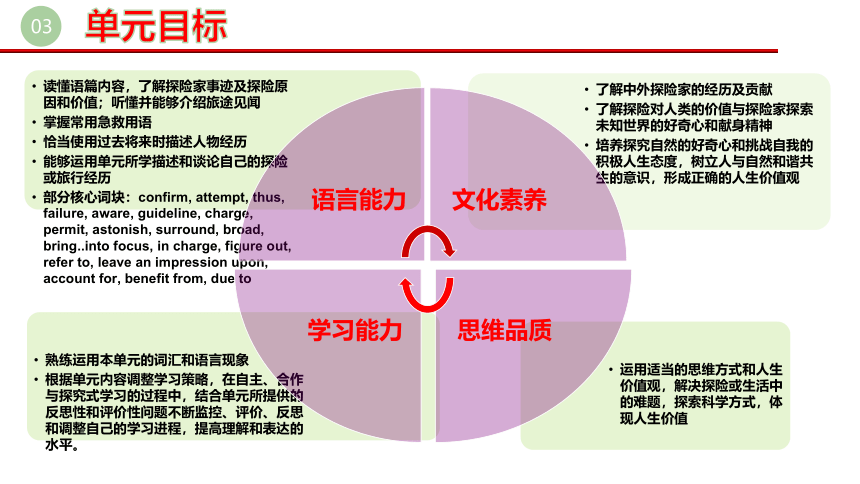
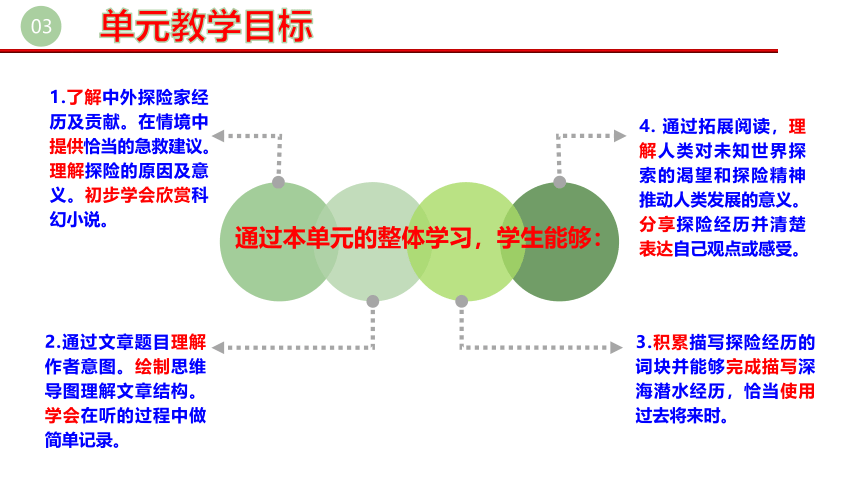
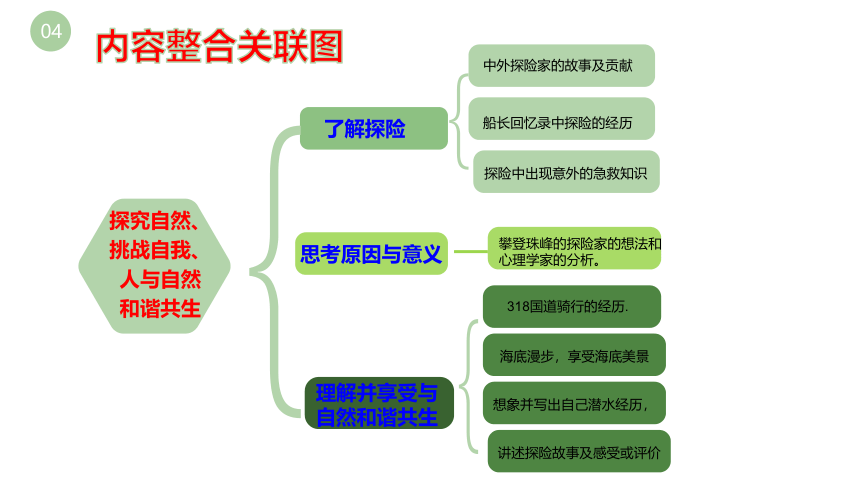
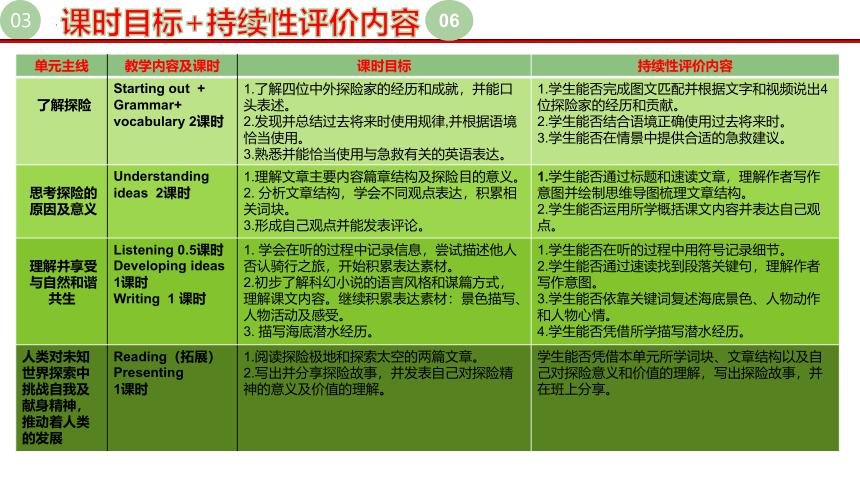

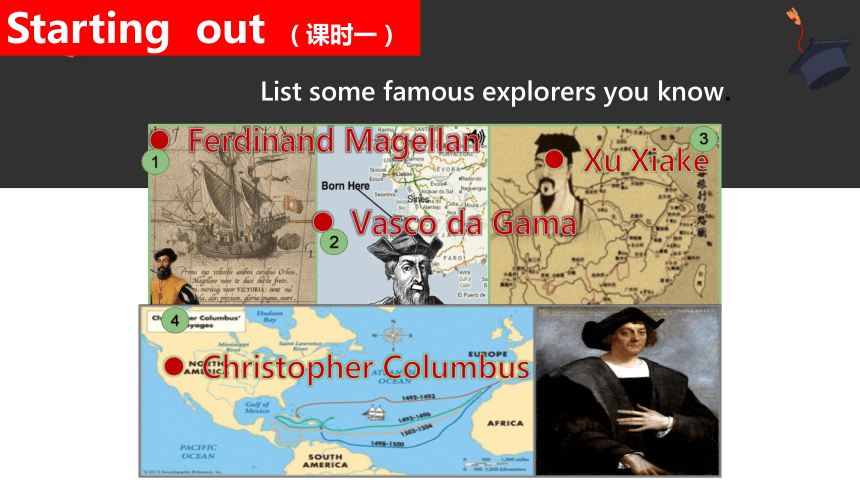
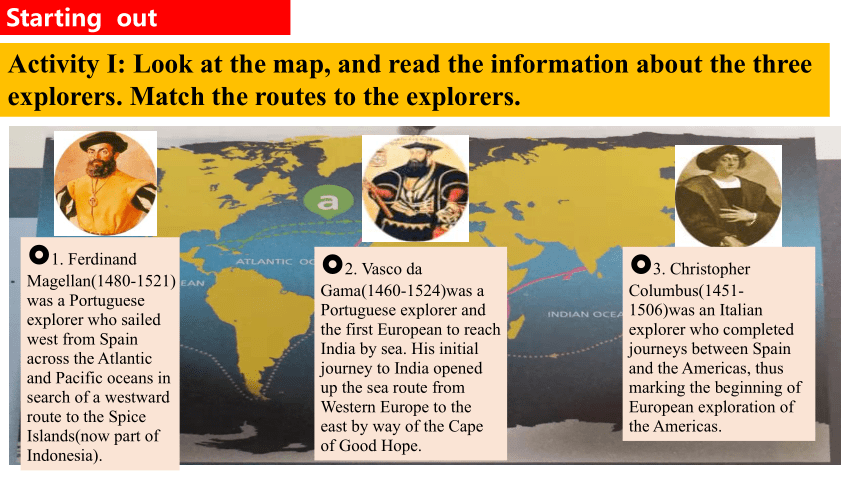
 资源预览
资源预览











